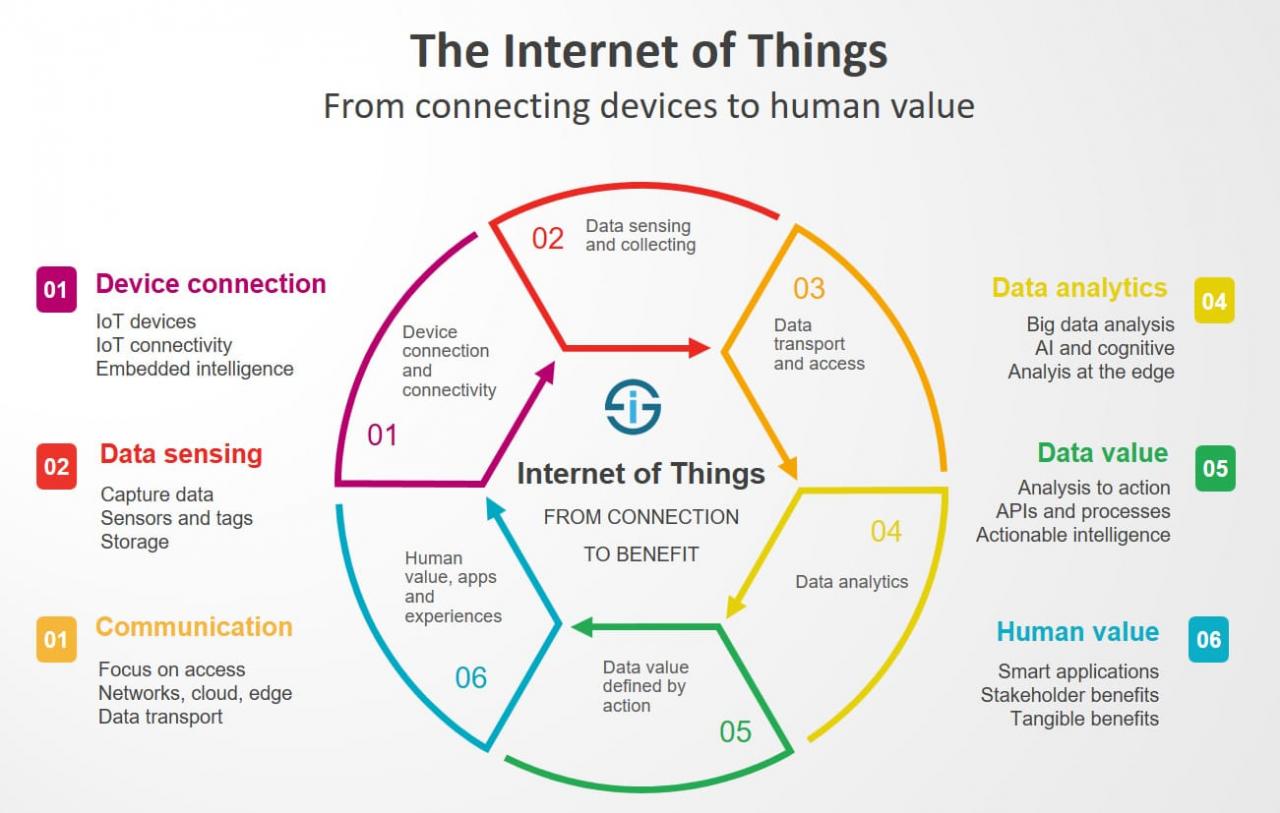
Does the choice of the LED driver affect Product Warranty? The driver is the electronics used to convert the AC input voltage to the DC voltage used by the LEDs and while there is no substitute for testing the actual driver failure rate in the application environment, there is a method to predict the driver topology choice impact between three versus five even up to 10-year warranties. Mean Time to Failure (MTTF) will be the method to analyze the reliability of a non-repairable device like an A19 bulb which is discarded upon failure. Knowing the MTTF helps a manufacturer decide a warranty period. The MTTF number calculated or measured along with the customer usage of the LED light per year factors into the warranty period. A failure defined in this blog is when the driver has stopped working. The other components in the LED light, optics, LEDs, connectors, wires, etc., are not considered, but play just as important role in the warranty calculation. A failure could include color shift or lumen depreciation, but is not accounted for in this blog.
There are several methods used to predict MTTF and one starting method is the summed failure rate. It calculates the failure rate of the driver as the sum of the failure rates of its components. This summed failure rate is then inverted to give the product’s MTBF or MTTF and is originally based on MIL-HDBK-217F. The method of choice for LED drivers reliability prediction is Siemens SN29500. This approach uses summed failure rates. The based failure rates are based on much newer data than those found in MIL-HDBK-271F.
Figure 1. Primary-Side Regulated LED Driver with Power Factor Correction
A common LED driver used in replacement bulbs is the primary side regulated (PSR) flyback topology with power factor correction. A typical example driver is the FL7733A as shown in Figure 1.
The advantage of this PSR topology is it provides isolation for the lowest BOM and does not require a secondary feedback loop to regulate the output current in the LED string – it eliminates the use of an opto-isolater, reference, additional resistors and capacitors which contribute to the failure rate of the led driver. The PSR technique can achieve constant current accuracy <±3 percent. PSR controllers also include power factor (PF) correction achieving >0.9 PF and <10 percent Total Harmonic Distortion over universal operating input voltages from 90 VAC to 277 VAC. Including PF correction also eliminates components needed for products that need a PF >0.9. Integrating the start-up circuit also reduces component count leading to a lower failure rate.
Now let’s consider the total number of expected failures for a PSR flyback led driver over a three year warranty. A FIT rate of 227.1 has been calculated for a PSR flyback topology.[1] Assume the manufacturer will sell 100,000 led bulbs.
Assume 100 hours POH/month. In one month,
# of fails = # of units x failure rate x hours/mn
=100,000 x 0.0000002271 x 100
=2.271 fails/mn
In three years,
# of fails = 36 months x 2.271 fails/mn
= 81.76 fails
The predicted number of failures out of the total sold of 100,000 led bulbs in three years is 82 bulbs. For five years the estimated failed bulbs is 136, still a low number of failures so extending the warranty period to 10 years would predict 272 failed bulbs as potential replacement costs. Life testing should be done to correlate the results.
The LED driver topology does have a factor in the success of a warranty period. The key is to select a topology that has the lowest BOM count will still resulting in the performance targets of the LED bulb.
A comment on testing for MTTF, in theory the total operating time for a driver population must be known to calculate an MTTF. But, this is an unrealistic expectation since the warranty has to be set before all products have been accounted for so life testing is used to estimate MTTF. A life test in which 20 or more units are run to accumulate total operating time can take a long while.[2]


